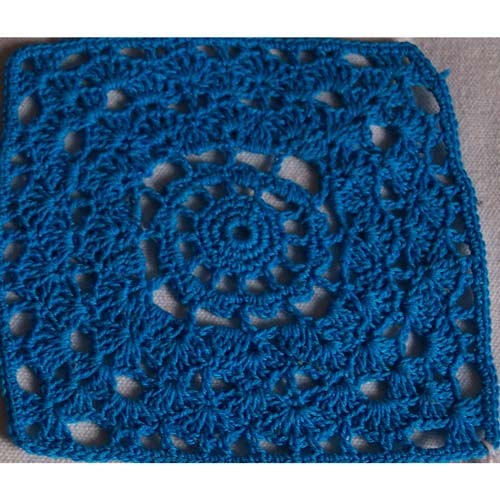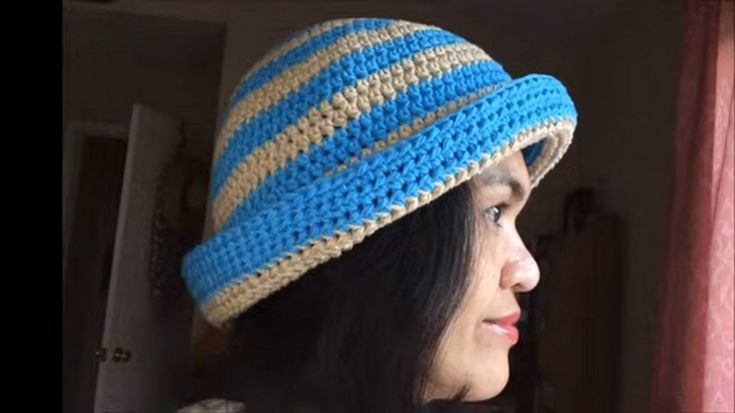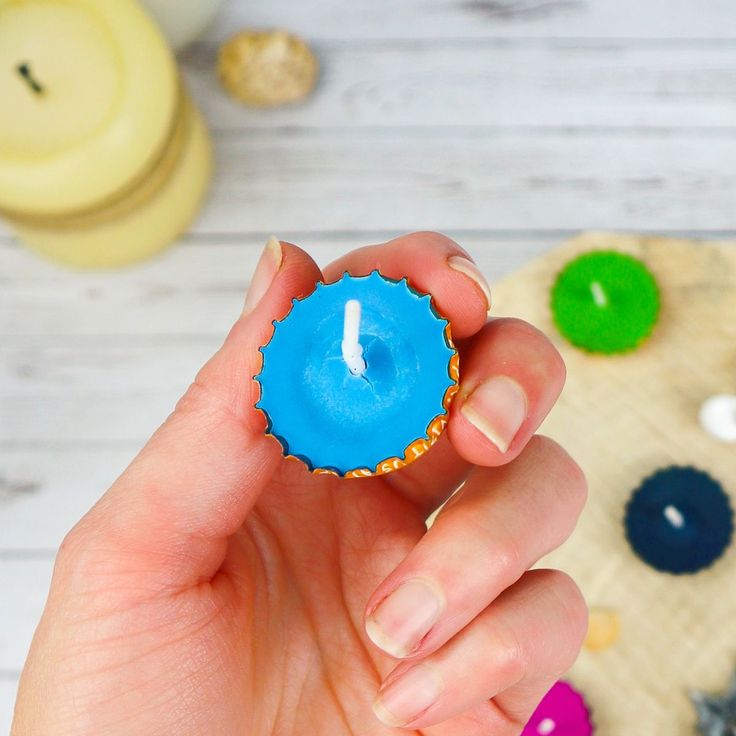Crochet Big Brother Motif Granny Square

Crochet Big Brother Motif Granny Square is a delightful and versatile pattern that brings a touch of classic charm to your projects. With its intricate design and cozy feel, this motif offers a lovely way to showcase your crochet skills. Whether you're a seasoned crocheter or a beginner looking to try something new, this pattern is perfect for creating anything from blankets to clothing or even home decor items. The Big Brother Motif adds a unique and personal touch to your creations, making them truly stand out. So grab your crochet hook, some colorful yarn, and get ready to embark on a fun and rewarding crochet journey with the Crochet Big Brother Motif Granny Square!
Size : 7"
Material : Pearl cotton # 5, hook 1.9 mm (Boye steel#5), light blue; you can substitute with Cebelia #5 or equivalent cordonnet thread (but the gauge can slightly vary)
Stitches :sl st, sc, ch, hdc, dc, tr
Difficulty: easy/medium
Directions
Start with 4 ch, join;
1. 1 ch, 8 sc in lp, join with sl st to first sc
2.*2 sc in ea sc*; Repeat * to * 8 times, join with sl st to first st.
3.*2 sc in next sc, sc in next sc*; Repeat * to * 8 times, join with sl st to first st. =>24 sc
4.*dc in next sc, 2 ch, sk a st*; Repeat * to * 12 times, join with sl st to first st.
5. *sc in next dc, (sc, hdc, dc, hdc, sc) = petal in next sp*; Repeat * to * 12 times, join with sl st to first st.
6. *dc in sc between two petals, 5 ch*; Repeat * to * 12 times, join with sl st to first st.
7. *(sc, 3 ch, sc) in next dc, 3 ch, 3 dc closed together in next space, 3 ch*; Repeat * to * 12 times, join with sl st to first st.
8. *(dc, 1 ch) 4 times in next 3-ch sp, dc in same sp, sc in 3-dc cluster*; Repeat * to * 12 times, join with sl st to first st.
9. *(3 dc, 2 ch, 3 dc) = corner in the sc made over the cluster, 2 ch, (sk a 1-ch sp, hdc in next sp, 1 ch, hdc in next sp, 2 ch, tr in next sc, 2 ch) twice, sk a sp, hdc in next sp, 1 ch, hdc in next sp, 2 ch*; Repeat * to * 4 times, join with sl st to first st.
10. *corner in corner, 3 ch, [(dc, 1 ch) 4 times in next ch sp, dc in same sp, sc in next tr] twice , (dc, 1 ch) 4 times in next 1-ch space, dc in same space, 3 ch*; Repeat * to * 4 times, join with sl st to first st.
11. *corner in corner, [(dc, 1 ch) 4 times in next ch sp, dc in same sp, dc in third dc of next 5-dc shell]4 times, (dc, 1 ch) 4 times in next ch sp, dc in same sp*; Repeat * to * 4 times, join with sl st to first st.
12. *corner in corner, 3 ch, [sk a sp, hdc in next 1-ch sp, 2 ch, hdc in next sp, 2 ch, tr in next sc, 2 ch]3 times, 2 ch, sk a sp, hdc in next sp, 3 ch*; Repeat * to * 4 times, join with sl st to first st.
13. sc in ea dc, 2 sc in ea 2-ch sp, 3 sc in ea 3-ch sp, 3 sc in ea corner sp. Cut thread, weave in ends
N.B.
- Substitute ever (also if not explicitly said) first st in a row as follows:
- first sc with 1 ch, sc;
- first hdc with 2 ch;
- first dc with 3 ch;
- first tr with 4 ch...and so on;
- When you read "sl st to <location>", where the location is not immediately contiguous to last st, this means of course "an appropriate number of sl sts for reaching <location>".
- Also if I do not specify it, if you lasted prev row on a st (say st1), while you must start next row in another st (say st2), make an appropriate number of sl sts to reach st2.


















